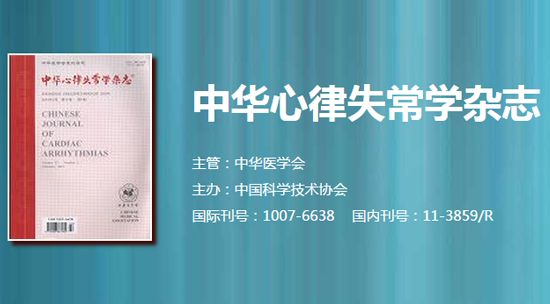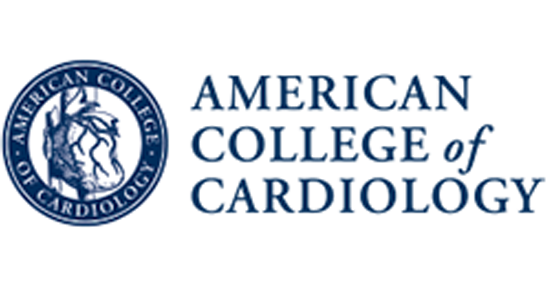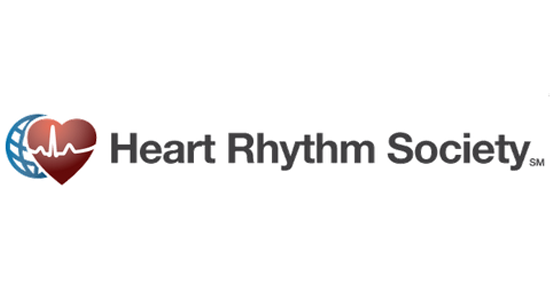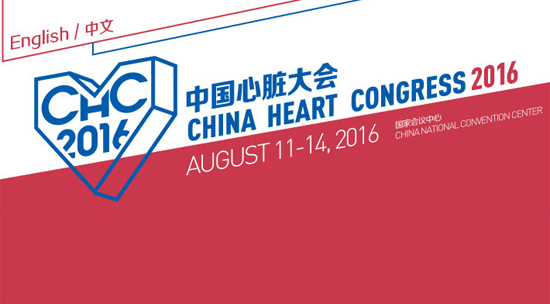HeartRhythm主编—陈鹏生教授语音速递(七月刊 英文版)
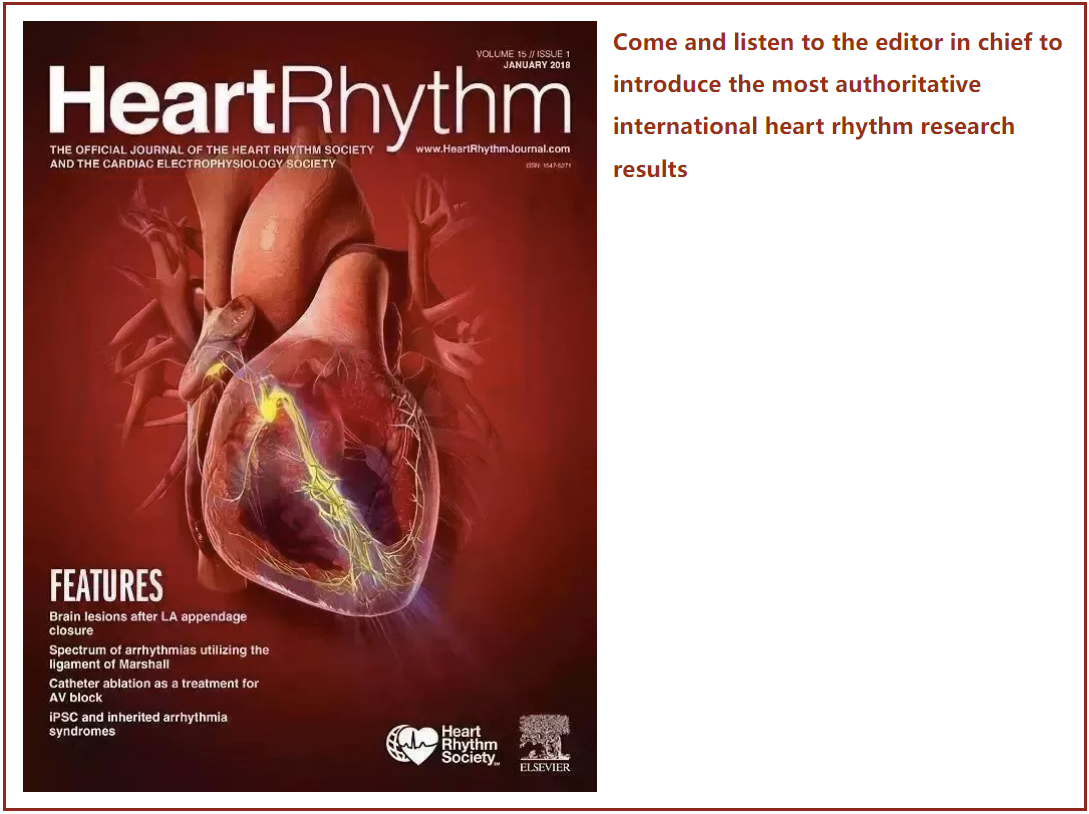

Peng-Sheng Chen
Hello, this is Dr. Peng-Sheng Chen, the Editor-in-Chief of Heart Rhythm. Thank you for listening to this podcast.
The first article of the July 2023 issue is titled “Sudden cardiac arrest during the COVID-19 pandemic: A two-year prospective evaluation in a North American community”. In a prospective study of Ventura County, California (2020 population 843,843; 44.1% Hispanic), the authors compared SCA incidence and outcomes during the first 2 years of the COVID-19 pandemic to the prior 4 years. Overall age-standardized annual SCA incidence increased from 39 per 100,000 prepandemic to 54 per 100,000 during the pandemic. The authors conclude that overall SCA rates remained consistently higher and survival outcomes consistently lower, with exaggerated effects during COVID infection peaks. This longer evaluation uncovered higher increases in SCA incidence among Hispanics, with worse resuscitation profiles.
The next article is “Cardiac index: a superior parameter of cardiac function than left ventricular ejection fraction in risk stratification of hypertrophic cardiomyopathy”. A total of 927 HCM patients were enrolled. Reduced cardiac index was defined as cardiac index ≤2.42 L/min/m2. During a median follow-up of 4.3 years, reduced cardiac index independently increased the risk of cardiovascular death, SCD, and all-cause death. The addition of reduced LVEF failed to improve the original model. Better predictive accuracy for all endpoints was also indicated in reduced cardiac index than in reduced LVEF. The authors conclude that reduced cardiac index is an independent predictor of poor prognoses in HCM patients. The reduced cardiac index showed better predictive accuracy than reduced LVEF for all endpoints.
Up next is “Causes and Clinical Consequences of Inappropriate Shocks Experienced by Patients Wearing a Cardioverter-Defibrillator”. The FDA Manufacturers and User Facility Device Experience (MAUDE) database was searched for inappropriate shock adverse events that were reported during 2021 and 2022. The authors found that the LifeVest wearable cardioverter-defibrillator, or WCD, may deliver inappropriate shock caused by AF, SVT, NSVT/VF, motion artifacts, and oversensing of electrical signals. These shocks may be arrhythmogenic, result in injuries, precipitate WCD discontinuation, and they consume medical resources. Improved WCD sensing, rhythm discrimination, and methods to abort inappropriate shock are needed.
Coming up is “Utility of a multi-purpose catheter for transvenous extraction of old broken leads: A novel technique for fragile leads”. In total, 345 consecutive patients who underwent transvenous lead extraction were retrospectively analyzed. Extractions were performed using a laser sheath laser, a Byrd polypropylene telescoping sheath, and Evolution RL alone or in combination. Twenty-seven leads implanted for more than 10 years had lead separation. A multipurpose catheter was used to protect the fragile leads from further damage. All leads were completely extracted. The authors conclude that all distal tip-to-proximal ring electrode-separated leads were successfully removed using laser and other sheaths with the assistance of a multipurpose catheter, without any part of the leads remaining in the heart.
The next one is “Rate and nature of complications of conduction system pacing compared with right ventricular pacing: results of a propensity-matched analysis from a multicentre registry”. A total of 1029 consecutive patients undergoing pacemaker implantation with CSP or RVP were enrolled. During a mean follow-up duration of 18 months, device-related complications were observed in 19 patients. Patients with HBP showed a significantly higher rate of device-related complications than did patients with RVP and patients with LBBAP. Most of the complications observed in patients with HBP were lead related. The authors conclude that CSP was associated with a risk of complications similar to that of RVP. Considering HBP and LBBAP separately, HBP showed a significantly higher risk of complications than did both RVP and LBBAP whereas LBBAP showed a risk of complications similar to that of RVP.
Up next is “Predicting all-cause mortality by means of multisensor implantable defibrillator algorithm for HF monitoring”. The HeartLogic algorithm (Boston Scientific) is a predictor of impending heart failure (HF) decompensation. The purpose of this study was to determine whether remotely monitored data from this algorithm could be used to identify patients at high risk for mortality. The feature was activated in 568 ICD patients from 26 centers. During a median follow-up of 26 months, 1200 alerts were recorded in 370 patients (65%). After multivariate correction for baseline confounders, the IN-alert state remained significantly associated with the occurrence of death with a hazard ratio 9.18. The authors conclude that the HeartLogic algorithm provides an index that can be used to identify patients at higher risk for all-cause mortality. The index state identifies periods of significantly increased risk of death.
Coming up is “Variation in hospital use of CRT-D among eligible patients and association with clinical outcomes”. The authors linked Medicare claims data with the National Cardiovascular Data Registry's ICD Registry from 2010 to 2015. The study included 30,134 patients across 1377 hospitals. The median rate of CRT-D implantation in those meeting guideline indications was 89%, but there was a wide variation across hospitals. Differences in hospital CRT-D utilization was associated with 8.76%, 5.26%, and 4.71% of differences in hospital mortality, readmissions, and cardiac readmission rates, respectively. The authors conclude that there is a wide variation in the use of CRT-D across hospitals that was not explained by case mix. Hospital-level variation in CRT-D utilization was associated with clinically significant differences in outcomes. A measure of CRT-D utilization in eligible patients may serve as a useful metric for quality improvement efforts.
The next one is “Clinical risk prediction score for post-operative accelerated junctional rhythm and junctional ectopic tachycardia in children with congenital heart disease”.This was a retrospective cohort study of children aged 0-18 years undergoing cardiac surgery (2011-2018). Among 6364 surgeries, accelerated junctional rhythm occurred in 215 (3.4%) and junctional ectopic tachycardia in 59 (0.9%). Age, heterotaxy syndrome, aortic cross-clamp time, ventricular septal defect closure, and atrioventricular canal repair were independent predictors of AJR/JET on multivariate analysis and included in the risk prediction score. The model accurately predicted the risk of these arrhythmias with a C-index of 0.72. The authors conclude that this novel risk prediction score for postoperative AJR/JET permits early identification of at-risk patients who may benefit from prophylactic treatment.
Next up is “High-density electro-anatomical activation mapping to guide slow pathway modification in patients with persistent left superior vena cava”. Seven patients with PLSVC and dual AV nodal physiology who underwent slow pathway modification using 3D electroanatomic mapping were included. Slow pathway ablation targets were consistently identified by an area in the right atrial septum with the latest activation time and multicomponent atrial electrogram adjacent to a region with isochronal crowding (deceleration zone). In PLSVC patients, these targets were located at or within 1 cm of the mid anterior CS ostium. Ablation in this area led to successful SP modification. The authors conclude that high-resolution activation mapping of the Koch triangle in sinus rhythm can facilitate localization and safe SP ablation in patients with PLSVC.
The next paper is “Combination of Slow Pathway Late Activation Maps and Voltage Gradient Maps in Guidance of Atrioventricular Nodal Reentry Tachycardia Cryoablation”.The purpose of this study was to investigate the effectiveness of slow pathway late activation mapping (SPLAM) and voltage gradient mapping for AVNRT cryoablation. The study and control groups comprised 36 and 37 patients, respectively. Compared to controls, the number of cryomapping attempts and cryoablation applications were significantly lower in the study group. There were no differences of recurrence rates. The authors conclude that, for AVNRT cryoablation, SPLAM could effectively guide the localization of slow pathway ablation sites and was particularly beneficial in patients with multiple slow pathways.
Up next is “Bilateral Cardiac Sympathetic Denervation in Patients with Congenital Long QT Syndrome”. The authors performed a retrospective review of 234 out of 1638 patients with LQTS who underwent sympathetic denervation (14%) at our institution to identify the subset of patients who underwent BiCSD. Only 11 patients (4.7%) had BiCSD. The authors conclude that less than 5% of all patients receiving denervation therapy underwent BiCSD. When BiCSD was chosen, it was almost always done in a staged sequential manner beginning with LCSD first and when driven by the arrhythmogenicity of the LQTS substrate, despite otherwise optimized guideline-directed therapies.
The next paper is a contemporary review titled “Blocking nerves and saving lives. Left Stellate Ganglion Block for Electrical Storms”. The authors reviewed the evolution in our understanding of the mechanism of action of SGB, discussed the current approaches and their limitations, and reviewed the correct indications that overcome still-existing biases. Furthermore, the authors propose a practical solution to increase the availability of SGB to more patients by extending the number of centers where this approach can be rapidly implemented.
We also published a Hands-On article titled “How to Perform Catheter Ablation of Atrial Tachyarrhythmia after the Fontan Operation”. The objective of this article is to provide a practical overview of key elements required to safely and effectively perform catheter ablation of atrial tachyarrhythmias in patients with Fontan surgery.
The next article is a Creative Concept article titled “Re-inventing Larrey’s approach for Epicardial Mapping: The Closed Pericardiostomy Technique”. The authors describe the logistics of a creative approach combining percutaneous epicardial access with pericardiostomy, which is performed via a mini subxiphoid incision that is closed upon gaining epicardial access before the initiation of epicardial mapping.
We published two Research Letters. The first one is titled “What Is A Safe Distance for Delivering Pulsed Field Ablation Near Coronary Arteries?” The authors conclude that delivering 2.0-kV PFA from a linear catheter with a biphasic, bipolar waveform at a distance >6.5 mm from a coronary artery seems to be safe. The second one is titled “The Need for a Universal Retrieval Tool with Countertraction for the Removal of Leadless Pacemakers Regardless of Manufacturer.” The authors demonstrate the safety and efficacy of both acute and chronic leadless pacemaker retrievals using a universally implemented retrieval tool meant for single-operator use.
We published an In Memoriam to mourn the loss of Dr. Patrick Tchou, a pioneer in clinical cardiac electrophysiology, an outstanding teacher, and a renowned scientist. Dr. Tchou died from lung cancer at the age of 73 on April 18, 2023. His death marks a great loss for family, friends, and colleagues.
I hope you enjoyed this podcast. For Heart Rhythm, I’m the Editor-In-Chief, Dr. Peng-Sheng Chen.
